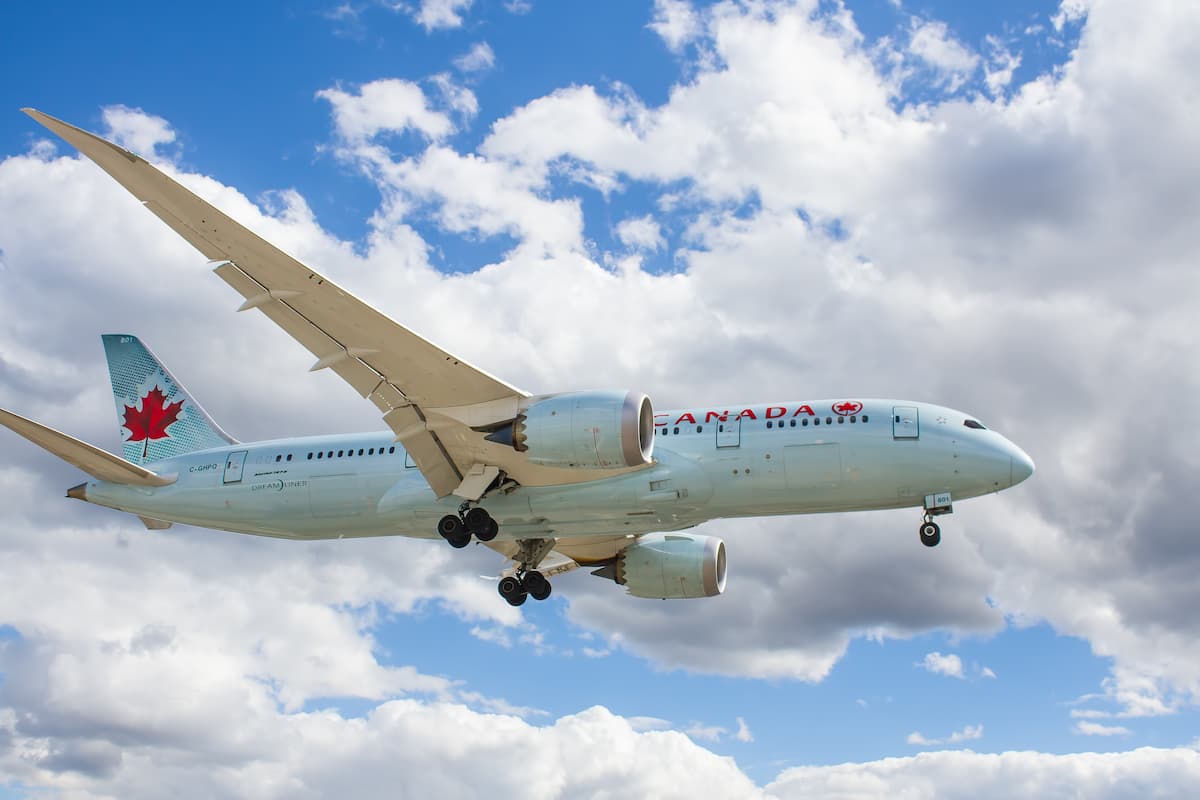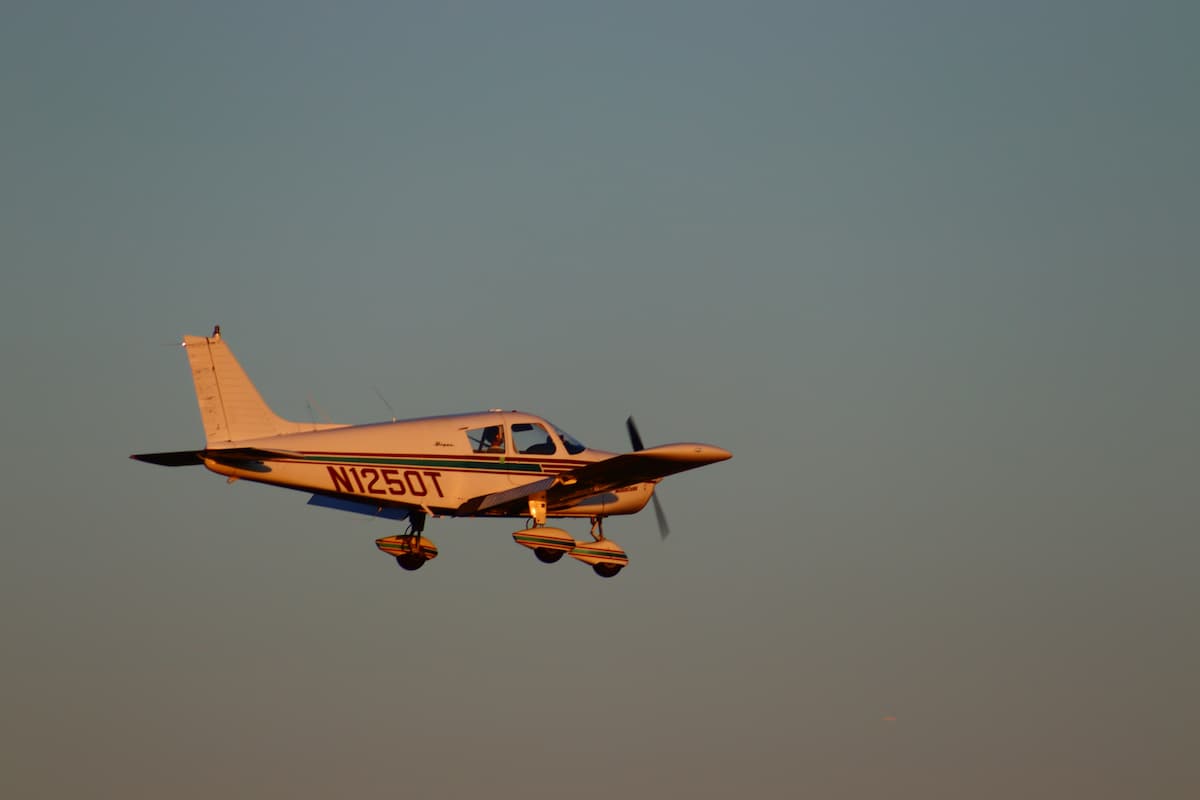How Fast Do Airplanes Fly? (Commercial vs Private)
The cruising speed of any aircraft is based on a careful balance of physics and efficiency – and to cover large distances in a relatively short amount of time, they need to be fast.
When passenger and private jets hit cruising altitude, they travel between 500 and 700 mph (804 and 1126 km/h), depending on the type of plane. Single-engine aircraft can reach maximum speeds of about 400 mph (643 km/h), but most average 140 mph (225 km/h). The fastest aircraft in the skies belong to the military, hitting an impressive range of 1,200 to 2,200 mph (1,931 to 3,540 km/h), which is faster than the speed of sound.
The following article explains how fast airplanes fly and what factors affect cruising speed.
How Fast Do Commercial Planes Fly?

When measuring the speed of an aircraft, it’s generally reported in terms of ground speed – that is, the
Every commercial jet has different take-off, landing, and mid-air speeds, depending on their make and model.
The average speed of a passenger plane at take-off is between 160 and 180 mph (257 and 289 km/h).
How fast these planes must go to get off the ground is contingent on their wingspan and how heavy they are.
Once commercial aircraft reach cruising altitude, they tend to average 550 to 600 mph (885 to 965 km/h), but the fastest plane in operation right now, the Airbus A380, can hit 683 mph (1099 km/h).
When a plane is landing, it drops its speed to between 130 and 160 mph, based on its weight upon descent.
Ground Speed vs. Air Speed
Ground speed is the rate at which planes fly relative to the Earth’s surface, or, in other words, how fast the plane is flying over the ground.
However, wind speed can affect ground speed – if the wind pushes the plane forward, it goes faster.
In contrast, airspeed is how fast the aircraft moves without the wind’s help.
To calculate airspeed, subtract windspeed from ground speed.
How Fast Are Private Jets?
Private jets can be faster than commercial airplanes if weather conditions are good; however, most travel at the same speed of 550 to 600 mph (885 to 965 km/h).
Additionally, because they are smaller, private jets carry less fuel, so they don’t have the same range as a commercial airliner.
The fastest private jet in production is the Bombardier Global 8000, set to be released in 2025.
The Global 8000 will have a top speed of 721 mph (1,160 km/h), slightly faster than the current leader in the field, the Cessna Citation X+.
The Citation X+ is no longer in production, but many fleets still maintain these aircraft as they can travel at a max speed of 717 mph (1,154 km/h).
How Fast Are Single-Engine Planes?

Single-engine planes are the slowest aircraft, averaging about 140 mph (225 km/h).
These small, personal airplanes are mainly used by hobbyists, as crop dusters, for flight training, or short journeys under 300 miles (482 km).
Crop dusters have a wider range than most single-engine planes and can reach cruising speeds of 191 mph (307 km/h).
More advanced single-engine turboprops, like the Pilatus PC-21, can reach a max speed of 425 mph (685 km/h).
Generally speaking, however, single-engine planes typically operate at speeds between 140 mph and 200 mph (321 km/h).
How Fast Is Military Aircraft?
The average speed for military aircraft is 1,200 to 2,200 mph (1,931 to 3,540 km/h), with the fastest in the world being the Boeing X-37B.
The X-37 isn’t a combat jet but rather an autonomous space plane operated by the US Air Force.
This experimental space drone is testing the limits of reusable space technology and can reach top speeds of 17,423 mph (28,040 km/h) in orbit before returning to Earth.
The fastest fighter jets currently in use are the Russian-made Sukhoi Su-27 and the US Air Force’s F-15.
The F-15 can hit a maximum speed of 1,650 mph (2,665 km/h), whereas the Sukhoi Su-27 tops out at 1,550 mph (2,500 km/h).
Conclusion
Air travel has made it possible to see the world in a fraction of the time it used to take less than 100 years ago.
With advancements in aircraft technology, planes have gotten faster, safer, and more efficient.
On average, passenger and private jets travel between 500 and 700 mph (804 and 1126 km/h), depending on the type of plane.
The fastest commercial airplane is the Airbus A380, typically used for long-range, intercontinental flights, and boasts an impressive speed of 683 mph (1099 km/h).
The Citation X+ can travel at a max speed of 717 mph (1,154 km/h), making it the quickest private jet on the market.
While most single-engine aircraft average 140 mph (225 km/h), a few can reach maximum speeds of about 400 mph (643 km/h).
However, the fastest jets in operation belong to the Russian and US Air Forces.
The F-15 and the Sukhoi Su-27 hit maximum speeds of 1,650 mph (2,665 km/h), and 1,550 mph (2,500 km/h), respectively, which is faster than the speed of sound.